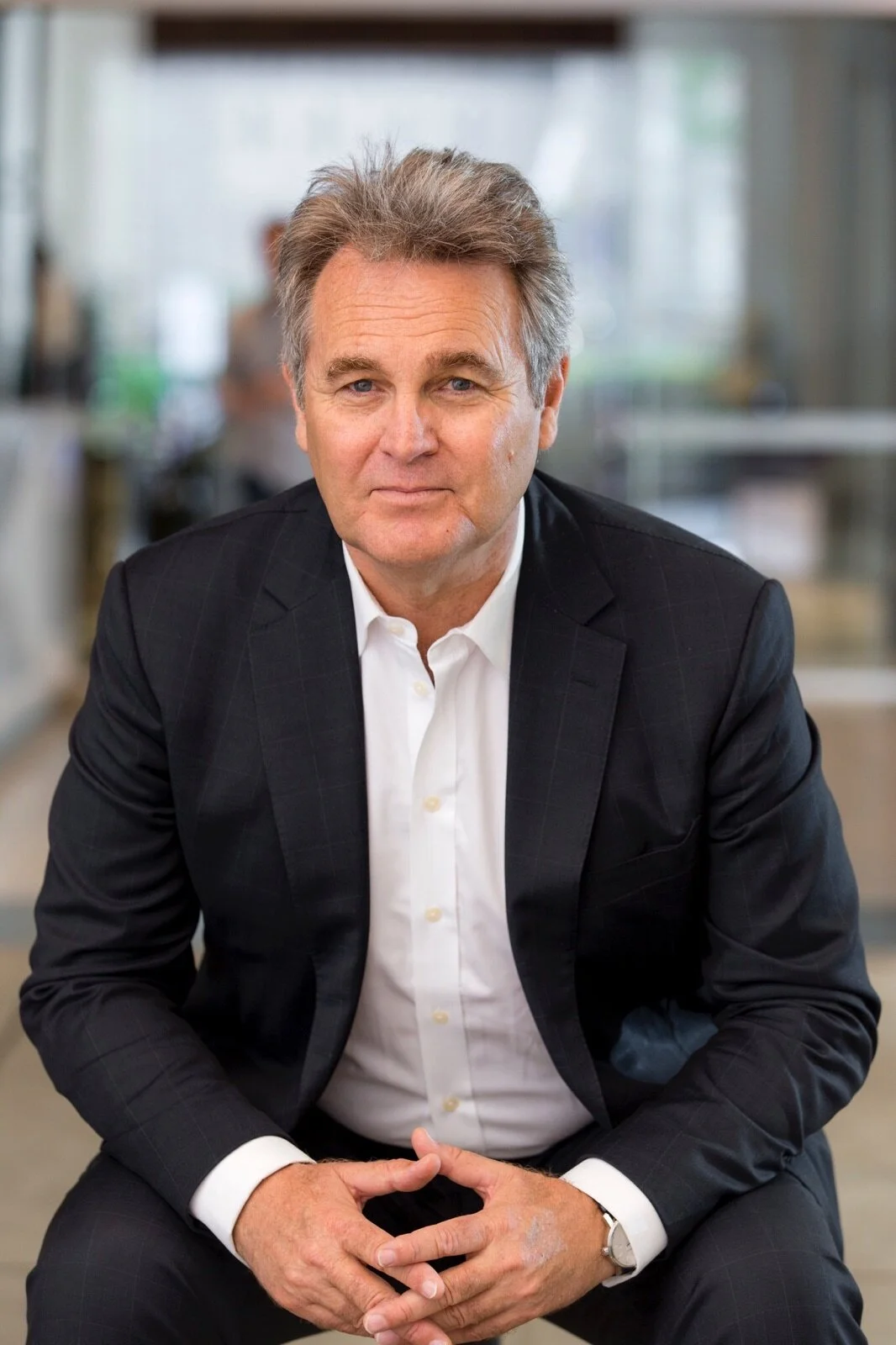Bernard Salt forecasts his vision for Brisbane 2027
SIGNIFICANT social and economic change will propel Brisbane into Australia’s metropolitan major league with Sydney and Melbourne over the next decade, according to a report from leading demographer Bernard Salt.Imagining Brisbane in 2027 predicts the River City will experience a ‘transformative catch-up phase’ and join Sydney and Melbourne as one of Australia’s 21st Century business and cultural hubs.“Brisbane is steadily and determinedly elbowing its way into the cosy coterie of the Sydney-Melbourne nexus,” Mr Salt said.“No longer will it seem that Sydney and Melbourne operate as the only portals through which the Australian economy connects with the rest of the world.“The scale, culture and lifestyle that is present in Sydney and Melbourne today will be increasingly absorbed within Brisbane.“Sydney and Melbourne will still be important, still the dominant cities by 2027, but their primacy will be lessened by the rise of Brisbane.”Brisbane’s step up to major city status will be driven by factors including significant population growth, immigration and the rise of the knowledge or tertiary-educated workforce, according to the report.These gear shifts will transform the way people live and see the growth of knowledge worker communities around the CBD and within inner suburbsMr Salt said one of the major shifts in Brisbane’s evolution and growth would be increased residential density within 3km of the CBD.“Brisbane’s inner urban footprint is ripe for residential density,” he said.“At the 2011 Census, almost one-third of dwellings within this zone were separate dwellings, as compared with 9 per cent and 4 per cent in Melbourne and Sydney respectively.“Brisbane’s inner-city lifestyle has a lot of ground to make up to close the gap with the kind of lifestyle on offer in similar parts of Sydney and Melbourne.”Mr Salt said the rise of knowledge worker communities such as West End, Fortitude Valley and New Farm, and the demise of suburban manufacturing would create more demand for inner-city living.“Corporates and other knowledge workers are seeking the proximity and amenity of the inner city over the space and distance of suburbia,” he said.“This movement in Australia is exemplified in places like Sydney’s Newtown and Melbourne’s Fitzroy, and increasingly in Brisbane’s Boundary Street Precinct.“These areas all offer access not just to CBD and CBD-fringe knowledge worker jobs but also to employment options in Australia’s leading health and education institutions.”Taking in West End, South Brisbane and Highgate Hill, the Boundary Street Precinct is already showing signs of transition with its demographic becoming increasingly affluent and educated.“The Boundary Street Precinct is more than a precinct, it’s a community that is transitioning from student enclave to knowledge worker community,” Mr Salt said.“That change is accelerating the gentrification of the Boundary Street Precinct.”Major mixed-use projects such as the $800 million West Village at West End and the $3 billion Queen’s Wharf in the CBD are being developed to meet the increased demand for inner-city living as Brisbane embarks on its transformative decade.

